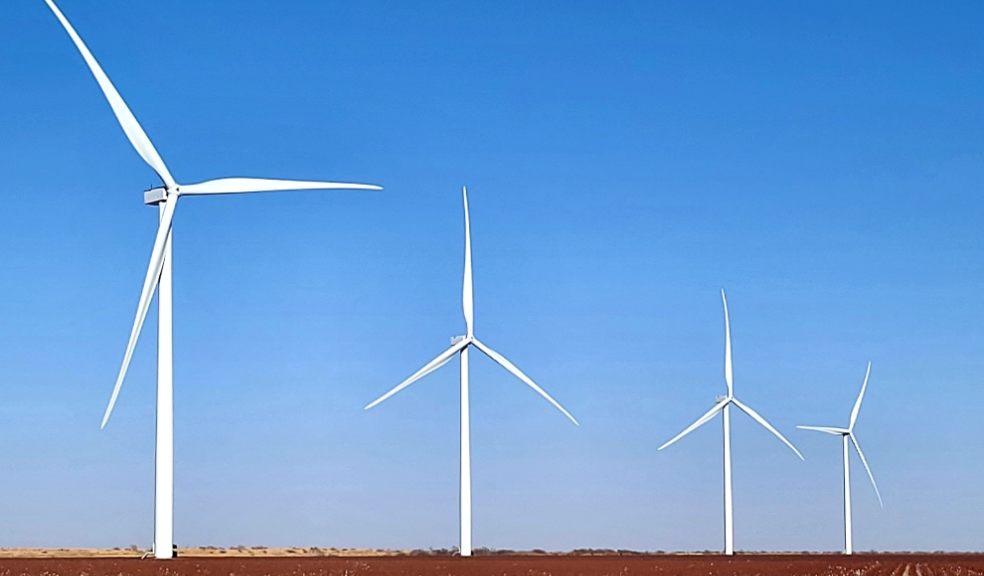
Energy Deregulation in Texas
Since the start of the electricity deregulation process in Texas in 1995, the energy landscape has transformed remarkably. The Lone Star State has become a hub for innovation and competition, offering consumers a plethora of choices for their electricity needs. This blog post will explore the future of deregulation and its implications on the energy landscape in Texas.
A Brief History of Deregulation in Texas
Electricity deregulation in Texas was enacted in 1999 when Senate Bill 7 was signed into law, with the goal of fostering competition within the energy market. By 2002, residents of Texas were able to choose their preferred Retail Electric Provider (REP) from an open market. Deregulation granted independent power producers access to the state’s energy grid, promoting the generation of power through various sources, including renewable energy.
Increased Competition and Consumer Choice
One major result of deregulation has been the significant increase in competition among REPs. With over 100 providers to choose from, Texans now have the power to shop for the best electricity plans and rates to fit their needs. This increased competition has led to the emergence of innovative products, services, and pricing models, as providers work to retain and attract customers.
Power to Choose Texas is an online marketplace that allows residents and businesses in Texas to compare and choose their electricity provider from a variety of options. The website was launched by the Public Utility Commission of Texas in 2002, after the state's electric utility industry was deregulated. Power to Choose provides customers with information on different plans, rates, and contract terms offered by various retail electric providers operating in Texas.
Renewable Energy Expansion
Texas has become a leader in renewable energy development, thanks in part to deregulation. As the state’s electrical grid opened up, renewable energy providers were able to enter the market, contributing to substantial growth in wind and solar power generation. Today, Texas leads the nation in wind power capacity and is rapidly expanding its solar energy production.
- Wind Power: Texas has over 30,000 megawatts of installed wind capacity, which is enough to power over 6 million homes.
- Solar Power: With over 5,000 megawatts of installed solar capacity, Texas ranks third in the nation for solar power development.
Smart Grid Advancements
Deregulation has contributed to the development of a smarter and more resilient energy grid in Texas. Smart meters, which provide real-time energy consumption data to customers and utility companies, have been installed in over 7 million homes across the state. These smart meters allow Texans to make informed decisions about their energy use and help REPs develop tailored plans and services based on consumption patterns.
Challenges of Deregulation
While deregulation has brought many benefits to the Texas energy market, it has also presented some challenges. One such challenge is the potential for price volatility resulting from increased competition, as providers may frequently change their rates to stay competitive. Additionally, the increased reliance on renewable energy can pose problems for grid stability, especially during times of high demand and low generation from renewable sources.
Emergence of Green Energy Plans and Services
Deregulation has allowed Texans to prioritize green energy sources when selecting their electricity plans. Many providers now offer a variety of sustainable options, such as renewable energy certificates (RECs) and carbon-offset programs. Consumers may opt for plans that support local green energy initiatives or even choose to power their homes entirely with renewable energy, ultimately helping reduce their carbon footprint and promote a greener future.
Electric Vehicle Integration and Infrastructure
As the adoption of electric vehicles (EVs) continues to grow, Texas energy providers are adapting by offering EV-specific electricity plans and investing in electric vehicle charging infrastructure. Deregulation has enabled providers to create innovative plans that suit the needs of EV owners, such as off-peak charging discounts and time-of-use pricing. This adaptation helps make EV ownership more accessible and affordable, contributing to a cleaner transportation sector in the state.
Energy Efficiency Programs and Incentives
Another notable benefit of deregulation is the increased emphasis on energy efficiency among Texas energy providers. To attract and retain customers, many providers now offer energy efficiency programs and incentives, such as rebates for energy-efficient appliances, free in-home energy assessments, and personalized energy-saving tips. These programs encourage Texans to adopt energy-saving habits and technologies, ultimately reducing overall energy consumption and promoting a more sustainable energy market.
Looking Ahead: The Future of Texas Energy
As the energy landscape in Texas continues to evolve, lawmakers and industry stakeholders must work together to address the challenges posed by deregulation. This may involve exploring battery energy storage solutions, upgrading the energy grid infrastructure, and implementing policies that support renewable energy growth while ensuring grid stability. One thing is certain - the future of Texas energy is set to be an exciting and innovative one.
Conclusion
Overall, deregulation has had a profound impact on the energy landscape in Texas. Its effects can be seen in the accelerated growth of renewable energy, the rise of innovative products and services, an empowered consumer base, the emergence of green energy plans, and the development of energy efficiency programs. However, as with any profound shift, deregulation has come with its own set of challenges. As the energy market continues to evolve, policymakers and industry leaders must work together to address these issues and ensure a bright future for Texas energy.














